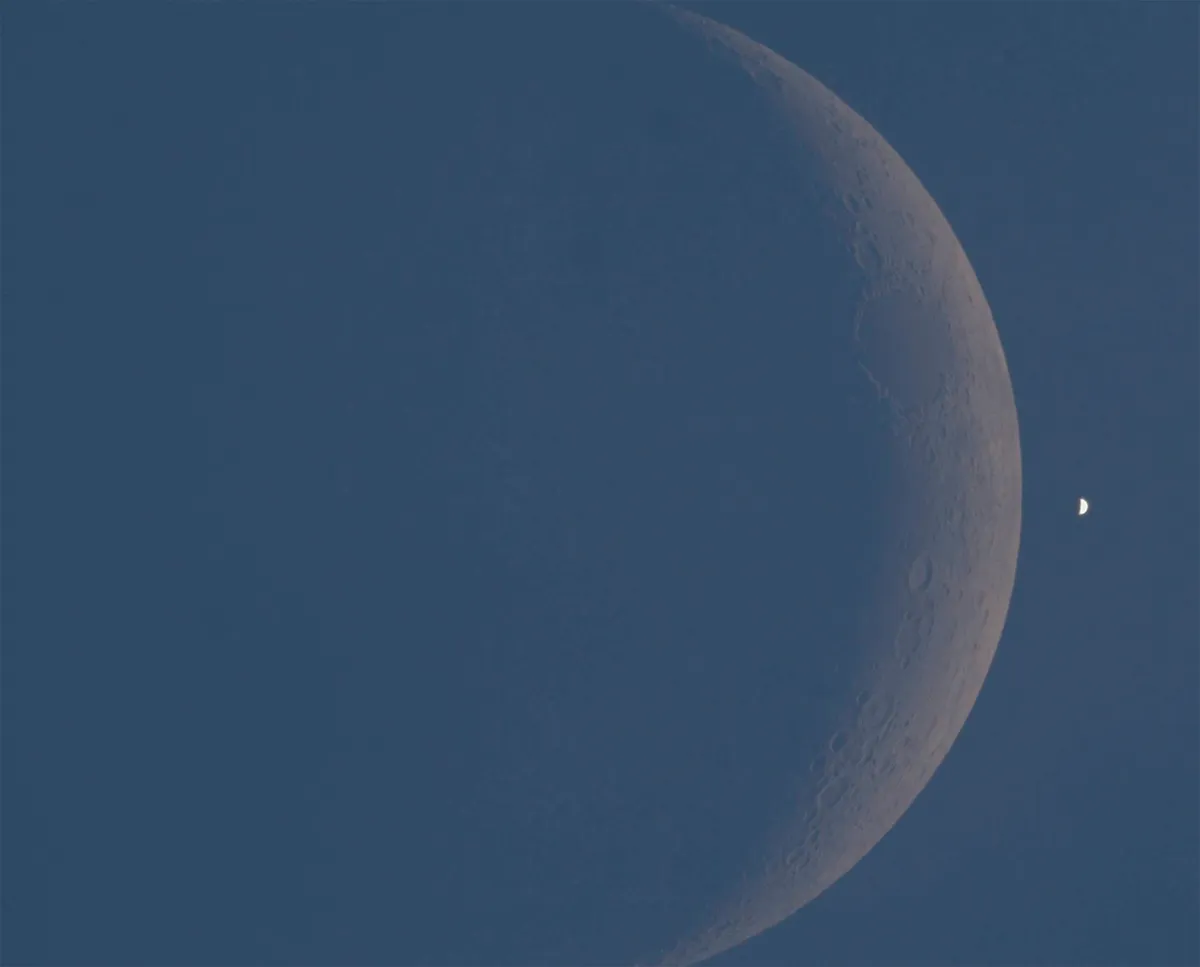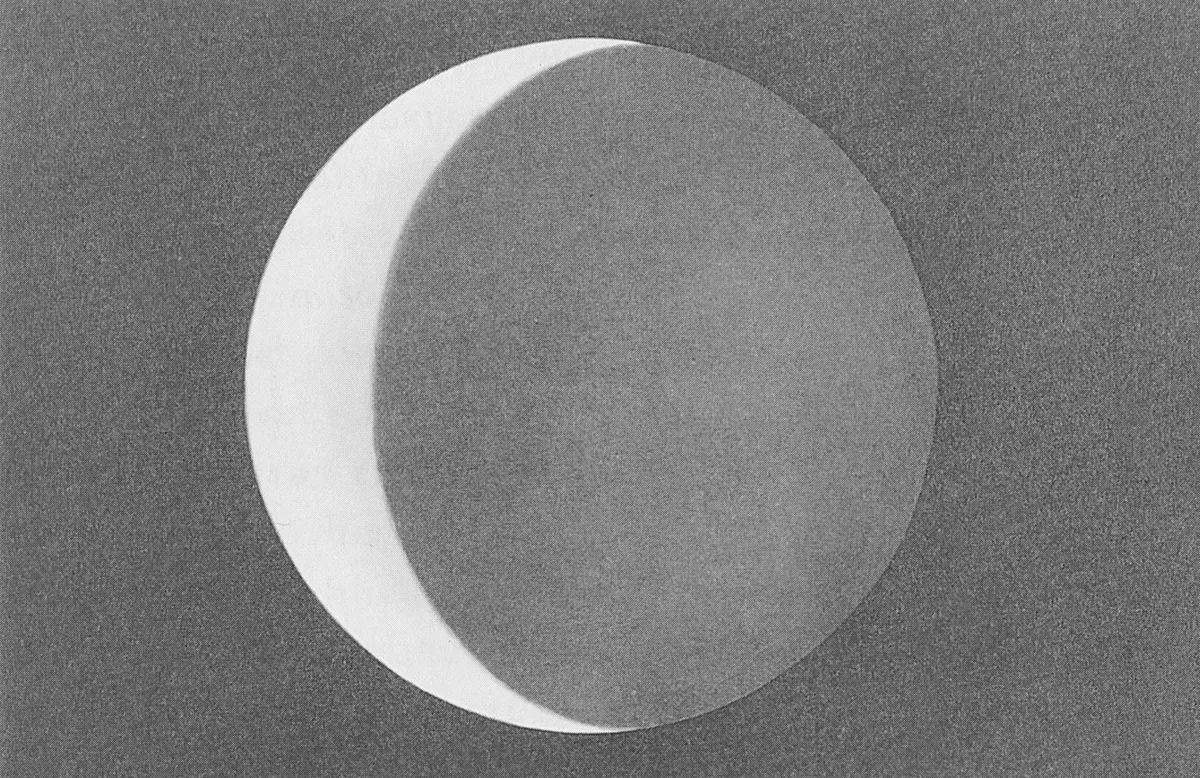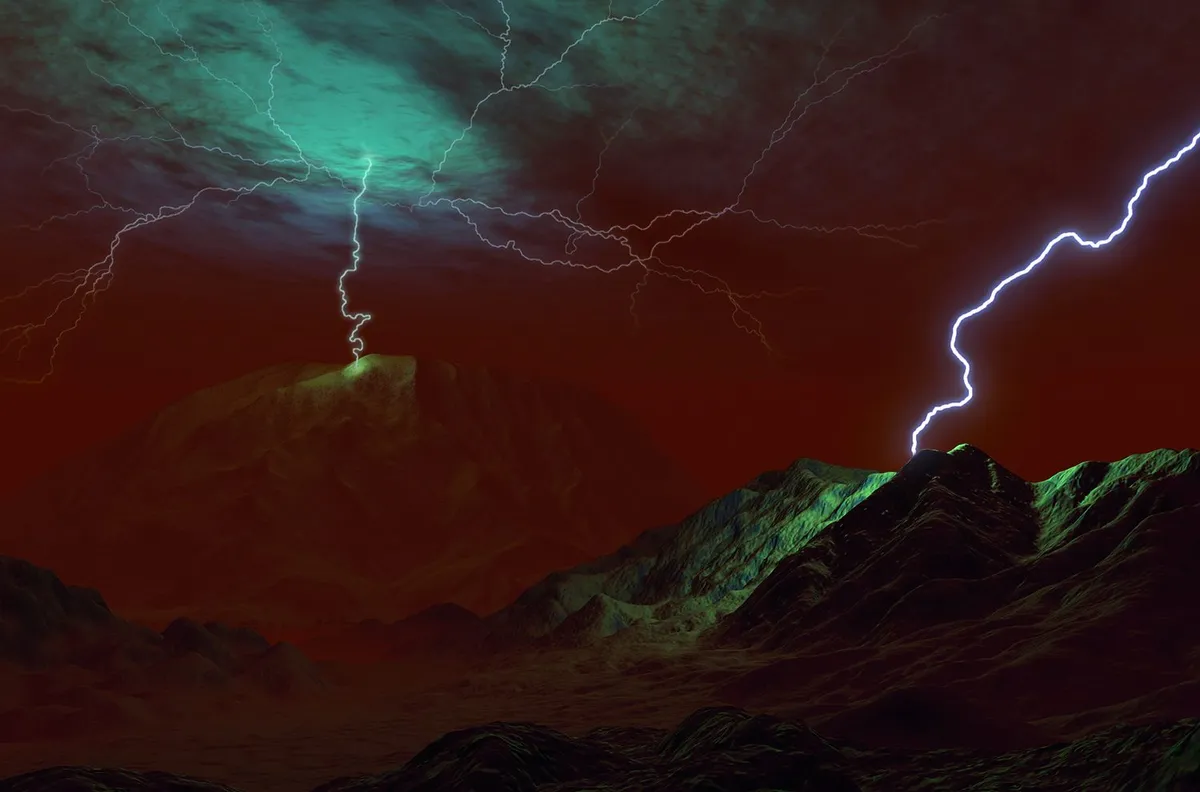The ashen light of Venus is rather like an astronomical ghost story: it would be easy to dismiss the phenomenon as a romantic relic of a bygone era were it not for a small number of observations by planetary astronomers well into the 21st century. Will we ever solve the riddle of the ashen light?
The story starts in the 17th century. On the evening of 9 January 1643, Italian astronomer Giovanni Riccioli turned his telescope towards Venus. On that date Venus would have appeared as a crescent, with a phase of about 29%.
Riccioli noticed that the dark side of the planet – which is normally invisible – appeared to be glowing with a faint greyish light that he called ‘The ashen light of Venus’.
The next reported sighting came in 1714 when William Derham, who was a Canon of Windsor, observed it with his telescope and described the ashen light as a ‘dull rusty colour’.
Sir William Herschel also observed the phenomenon on a number of occasions.
The British astronomer Thomas William Webb caught sight of the light on 31 January 1878 with his 9.4-inch reflector.
Using magnifications of 90x and 212x, he noticed that the light had a slight brown-ish cast.
Webb may well have been the first person to recommend using an eyepiece with an occulting bar – a device that hides the brilliant crescent to reduce glare.

20th century sightings of Venus's ashen light
There were many sightings of the ashen light in the 20th century: in 1940, 1953, 1956 and 1957 a number of observers reported sightings on consecutive nights to the British Astronomical Association.
Dale Cruikshank, a planetary scientist at NASA Ames Research Center together with William K Hartmann, also a planetary scientist, made an interesting observation of Venus in 1962.
On 12 November at 7pm, when Venus was at inferior conjunction, both Cruikshank and Hartmann observed the night side of the planet enclosed within a thin ring of light (this would have been the extended cusps of Venus).
The night side seemed to be glowing with a brownish colour, quite different from the surrounding blue sky. The effect was not uniform and appeared to be strongest closest to the thin crescent.
Sir Patrick Moore was another veteran planetary observer who recorded Venus's ashen light.
Although he sighted it numerous times during his long observing career, the event that convinced him of the reality of the light occurred on 27 May 1980.
Using his 15-inch reflector at 300x magnification, Patrick described the effect as ‘striking’, with the ashen light strongly resembling the effect of earthshine on the Moon.

What could cause the ashen light?
One of the great problems with the ashen light is that it has never been photographed or imaged; all observations are visual so there is no tangible proof that the phenomenon is real.
Yet not all visual observers have been able to view it. Edward Emerson Barnard, for example, never managed to see it. I have been observing Venus regularly for over 18 years and I have never managed to see the ashen light.
A number of amateur astronomers now believe that it is merely an illusion.
It is reasonable to suppose that under certain conditions the brilliant crescent of Venus combined with poor seeing tricks the human eye into thinking it can see the night side of Venus, when in reality it is not visible.
Those who believe in the reality of Venus's ashen light have suggested a number of ideas as to its cause.
We can probably dismiss the suggestion of 18th-century German astronomer Franz von Paula Gruithuisen, however.
He believed the light to be caused by fireworks of the Venusians celebrating the ascension of a new emperor.
A more reasonable idea has been advanced that the thick atmosphere occasionally thins in places, allowing the hot surface to be seen.
The problem is that this would only be visible in the infrared part of the spectrum, well beyond the threshold of the human eye.
The idea that the ashen light is the result of multiple rapid lightning strikes in the upper atmosphere of Venus can likewise be dismissed, since the flashes would be too faint to be seen from Earth.
The only viable idea left is the oxygen emission theory. This suggests that when oxygen atoms combine in the planet’s upper atmosphere on the night side of Venus, they emit light.
This has been observed by two Soviet spacecraft, Venera 9 and 10. Moreover, the variability of oxygen emission might explain why the ashen light is not always observed.
It seems likely that the enduring mystery of the ashen light will not be settled until the phenomenon is imaged.
Only then will we be able to say with any real confidence whether it is really a product of Venusian metrology or an artefact of the human visual system.

How to search for the ashen light yourself
No one can say when or if Venus's ashen light will appear, but looking at the observational records a number of interesting things stand out.
First, it seems that the light is more frequently observed when Venus is an evening planet (eastern elongations), but even then it is not sighted during every elongation and there can be many years between reports.
The phase of Venus has to be below 30%, so-mid February onwards would be the time to start looking.
The ashen light can only be viewed in a dark sky, which means the seeing conditions are likely to be less than ideal.
Don’t use a really high magnification unless the seeing conditions allow for it. Personally I find about 150x quite suitable.
It might be worth trying some filters, too. Observers who have seen the light report that orange and green filters may enhance the effect if it is present.
It is important to realise that the brilliant crescent will give rise to all manner of spurious optical effects.
Some observers get round this by using an eyepiece that contains an occulting bar.
Hiding the crescent behind the bar can reduce the glow, but even then you need to be cautious.
Most reports indicate that the ashen light takes the form of a coppery brown glow on the night side of Venus. The glow may cover all of the night side, or just a part of it.
If you suspect the light is present, try taking an image of it and of course, alert other astronomers so that other independent images can be taken.
If you have more than one telescope, try imaging it with one and observing it with another, and make a drawing so you can compare what you have seen with what you have imaged.
Finally, send your observations to the Mercury and Venus section at the British Astronomical Association so that they can be studied and analysed by professional astronomers.
This article originally appeared in the January 2017 issue of BBC Sky at Night Magazine.

